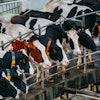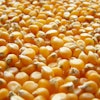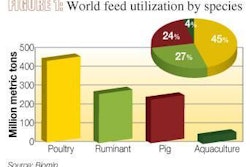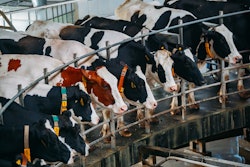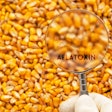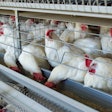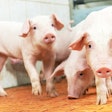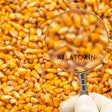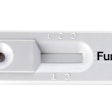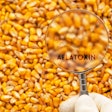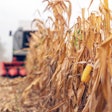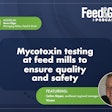It comes as no surprise that WATT’s 2014 Nutrition and Feed Survey revealed that feed manufacturers worldwide are dealing with many of the same challenges. This year, respondents from around the world cited that grain quality and safety ranked among their top concerns. Naturally, the presence of mycotoxins and mycotoxin risk mitigation are part of this discussion.
In this issue, our “mycotoxin” issue, I decided to include content covering more than just our typical domestic coverage because the grain and feed markets are, in fact, global industries. To this end, the article, “How mycotoxins affect the global feed industry,” based on BIOMIN’s Mycotoxin Survey, sheds light on which areas of the world were hit the hardest by specific mycotoxins after the 2013 harvest.
“Mycotoxin management programs are crucial to eliminate the effects of the toxins,” the author says.
The first step in a mycotoxin management program is keeping toxins out so proper testing and sampling is paramount in contributing to this effort.
During the interviews for my piece on what feed millers need to know about mycotoxin testing, employee training and understanding of testing methodology came up as a crucial element to a mycotoxin management program.
“The tests are only as good as the person administering them,” one interviewee said. This is an incredibly important message to stress because regardless of the technology available, the human element of identifying, controlling and maintaining grain quality is the foundation of ensuring animal health.
Take time to review your mycotoxin management and testing protocols this summer.
